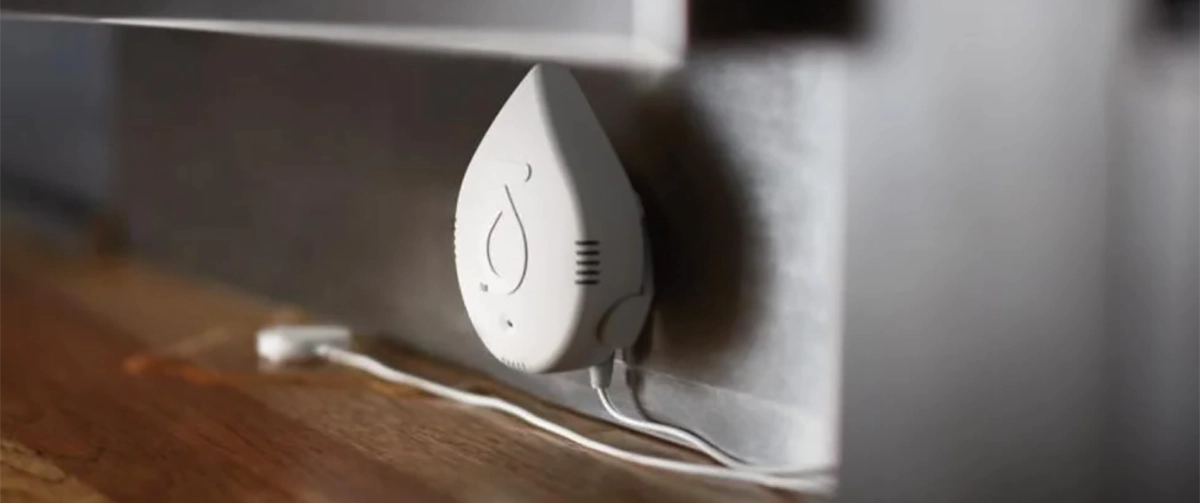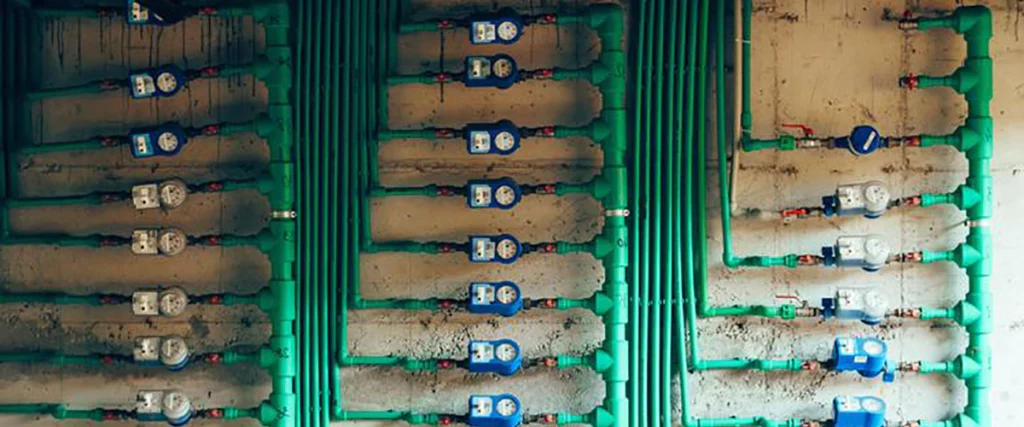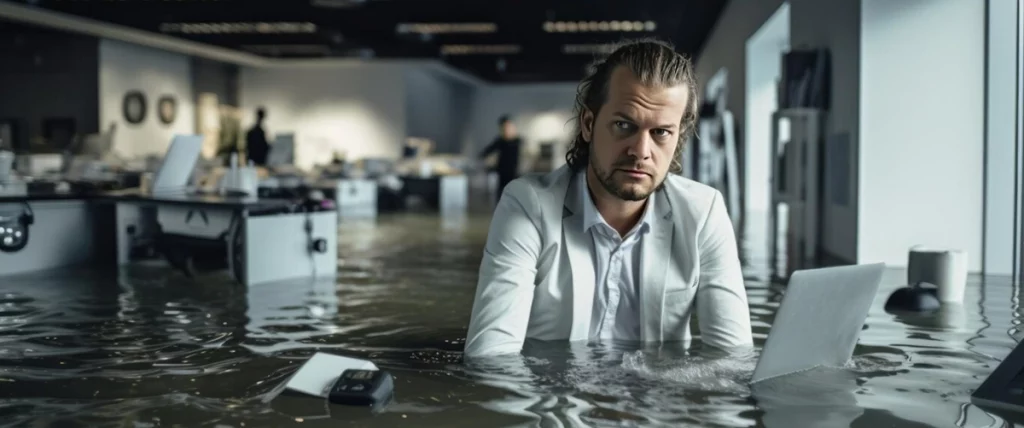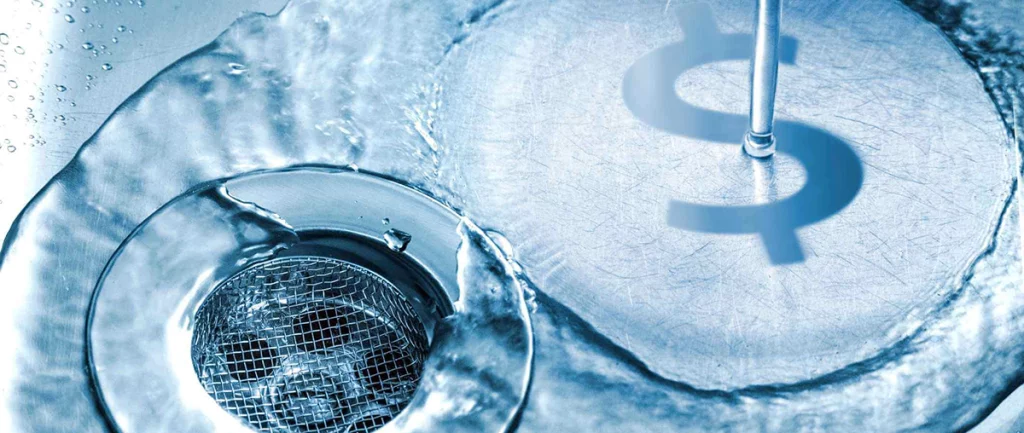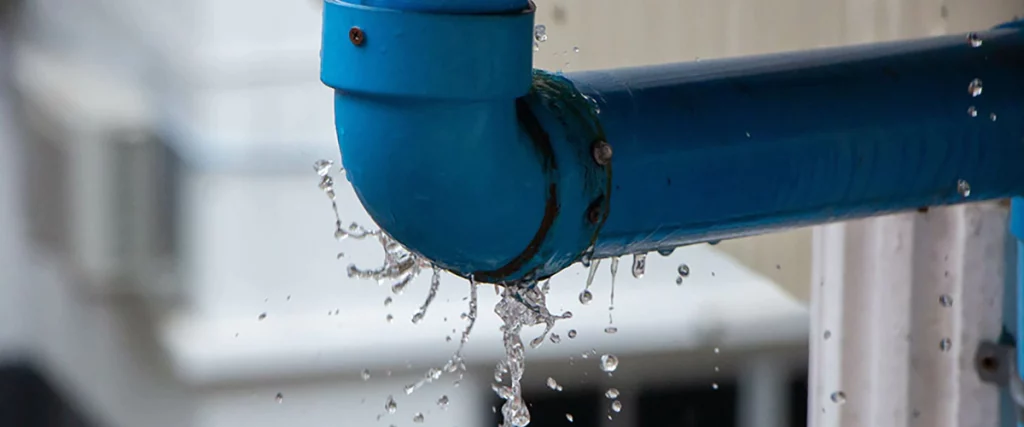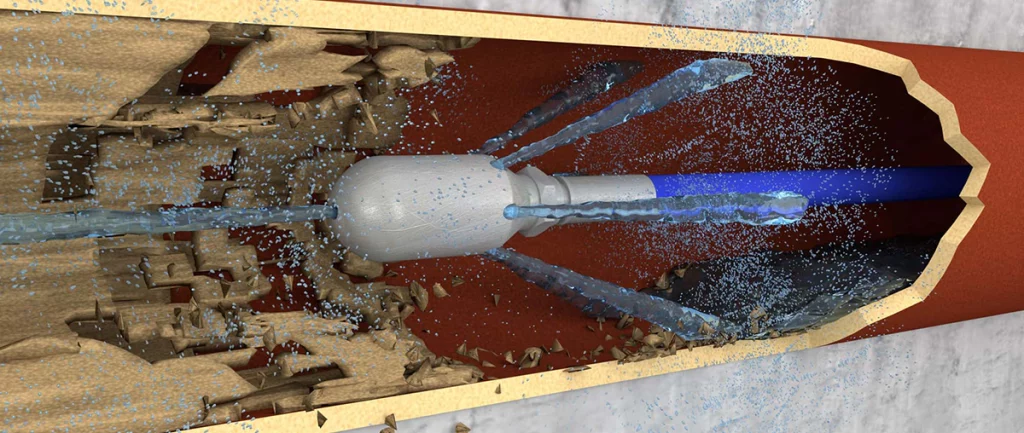The plumbing industry, once known for its traditional methods, has undergone a remarkable transformation in recent years, thanks to technological advancements. These innovations not only enhance efficiency but also contribute to sustainability and improved customer experiences. In this article, we’ll explore four cutting-edge technologies that are reshaping the landscape of plumbing.
Contents
Smart Leak Detection Systems
Traditional leak detection methods often involve reactive responses to visible water damage. However, with the advent of smart leak detection systems, plumbing professionals and homeowners can now proactively identify and address potential leaks before they escalate. These systems use sensors and artificial intelligence to monitor water flow and detect abnormalities, sending real-time alerts to users’ smartphones. By swiftly identifying and repairing leaks, these systems help conserve water and prevent costly damages.
How Smart Leak Detection Systems Work
Smart leak detection systems utilise a combination of sensors, connectivity, and artificial intelligence to monitor water flow and detect abnormalities in real-time. These systems are typically installed in areas prone to leaks, such as basements, under sinks, or near water heaters. The sensors constantly assess water usage patterns, identifying deviations that may indicate a leak.
When an unusual water flow is detected, these systems send immediate alerts to homeowners’ smartphones or other connected devices. Some advanced models can even shut off the water supply automatically to prevent further damage. This quick response capability is invaluable in preventing extensive water damage and minimising repair costs.
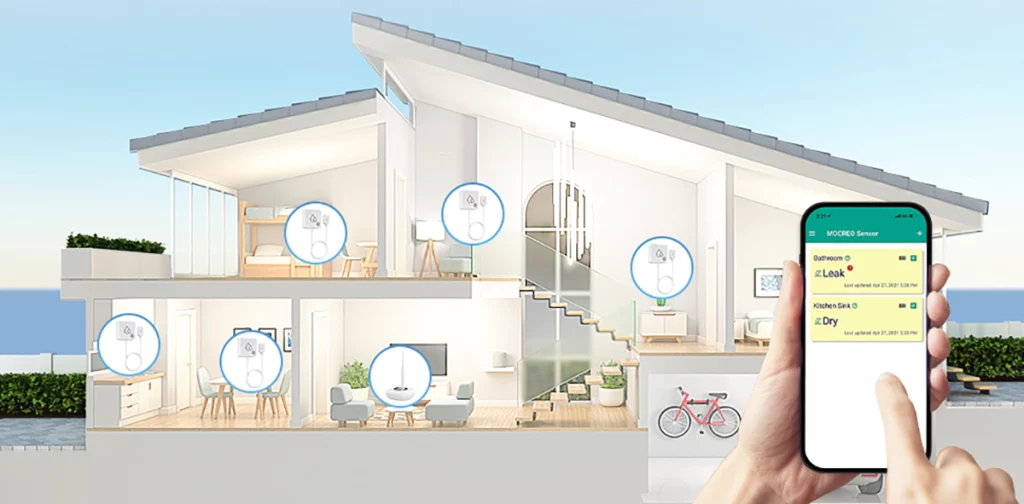
Key Features and Benefits
| Key Features | Benefits |
| Real-Time Alerts | Swift response to leaks, minimising potential damage. |
| Remote Monitoring | Convenient access to monitor water usage from anywhere. |
| Integration with Smart Homes | Seamless integration for a comprehensive home monitoring. |
| Water Conservation | Identification and prevention of leaks contribute to conservation efforts. |
| Cost Savings | Early detection reduces repair costs and maintains property value. |
| Easy Installation | Straightforward setup, adaptable to various home structures. |
| Minimal Maintenance | Occasional checks ensure optimal sensor functionality. |
| Professional Installation | Ensures optimal placement and integration with existing plumbing. |
| Updates and Security Features | Regular updates enhance system performance and security. |
Installation Plumbing Technological Advancements
Installation of smart leak detection systems is typically straightforward and can be customised based on the specific needs of the property. Many homeowners opt for professional installation to ensure optimal placement and functionality.
- Professional Installation:
- While some systems are DIY-friendly, professional installation is recommended for optimal performance. Certified technicians ensure proper placement of sensors and seamless integration with existing plumbing.
- Strategic Sensor Placement:
- Sensors should be strategically placed in areas prone to leaks, such as basements, near water heaters, and under sinks. Professional installers can assess the property and determine the most effective sensor locations.
- Connectivity Setup:
- Setting up connectivity with smartphones or other devices is a key step. This involves configuring the system to send real-time alerts and notifications to ensure swift homeowner response.
- Integration with Smart Home Platforms:
- If the system integrates with smart home platforms, ensure that the connection is established correctly. This allows for comprehensive monitoring alongside other connected devices.
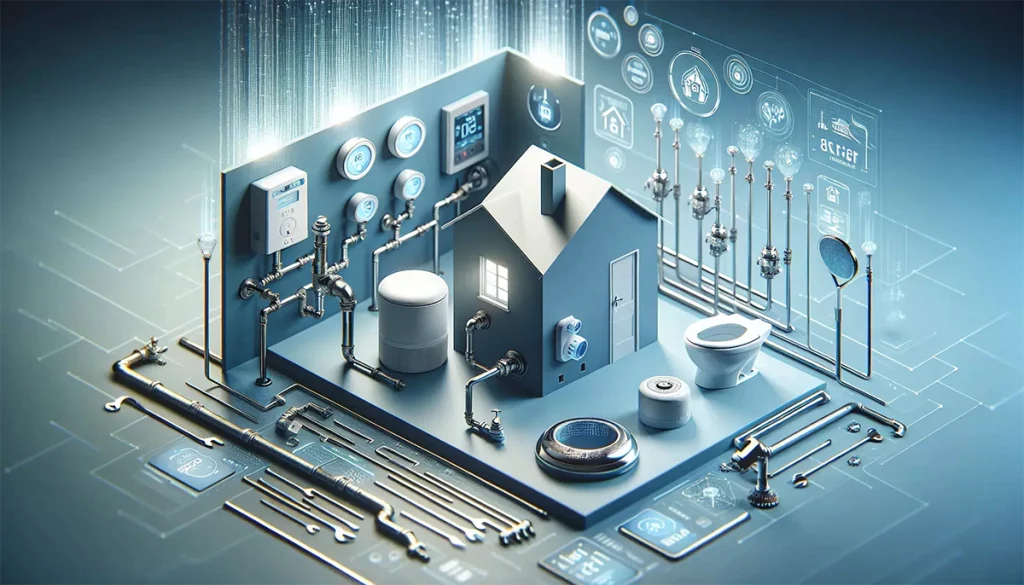
Maintenance
Maintenance requirements are minimal, with occasional checks recommended to ensure sensors are operational. Manufacturers often provide regular updates to improve system performance and security features.
- Regular System Checks:
- Perform regular checks to ensure the sensors are operational. Many systems have self-check features, but a manual inspection adds an extra layer of assurance.
- Software Updates:
- Keep the system’s software up to date. Manufacturers often release updates to improve performance, add features, and enhance security. Regular updates ensure the system functions at its best.
- Battery Replacement:
- If the system uses batteries, be attentive to low battery notifications. Timely replacement ensures uninterrupted operation. Some systems may use rechargeable batteries, eliminating the need for frequent replacements.
- Testing Alerts and Notifications:
- Periodically test the system by triggering a simulated leak to confirm that alerts and notifications are functioning correctly. This helps maintain confidence in the system’s reliability.
- Professional Maintenance Checks:
- Schedule periodic professional maintenance checks, especially if the system has been in use for an extended period. Professionals can conduct thorough assessments, address any issues, and ensure the system’s longevity.
- Review User Manuals:
- Familiarise yourself with the user manuals provided by the manufacturer. These manuals often contain valuable information on troubleshooting, maintenance guidelines, and additional features.
Water-Conserving Fixtures and Technologies
Water conservation is a pressing global concern, and the plumbing industry is actively addressing it through the development of water-conserving fixtures and technologies. Smart faucets with sensor technology, low-flow toilets, and efficient irrigation systems are just a few examples. These innovations not only reduce water wastage but also contribute to lower utility bills for consumers. Additionally, many regions now incentivize the installation of water-efficient plumbing systems, encouraging the adoption of these eco-friendly solutions.
Key Water-Conserving Fixtures and Technologies
- Smart Faucets with Sensor Technology:
- Features:
- Infrared sensors enable touchless operation.
- Adjustable flow rates based on usage needs.
- Benefits:
- Reduces water wastage by ensuring water flows only when needed.
- Touchless operation enhances hygiene and reduces the spread of germs.
- Low-Flow Toilets:
- Features:
- Optimised flush systems use less water per flush.
- Dual-flush options for different waste types.
- Benefits:
- Significant reduction in water usage compared to traditional toilets.
- Dual-flush options allow users to choose water-saving modes.
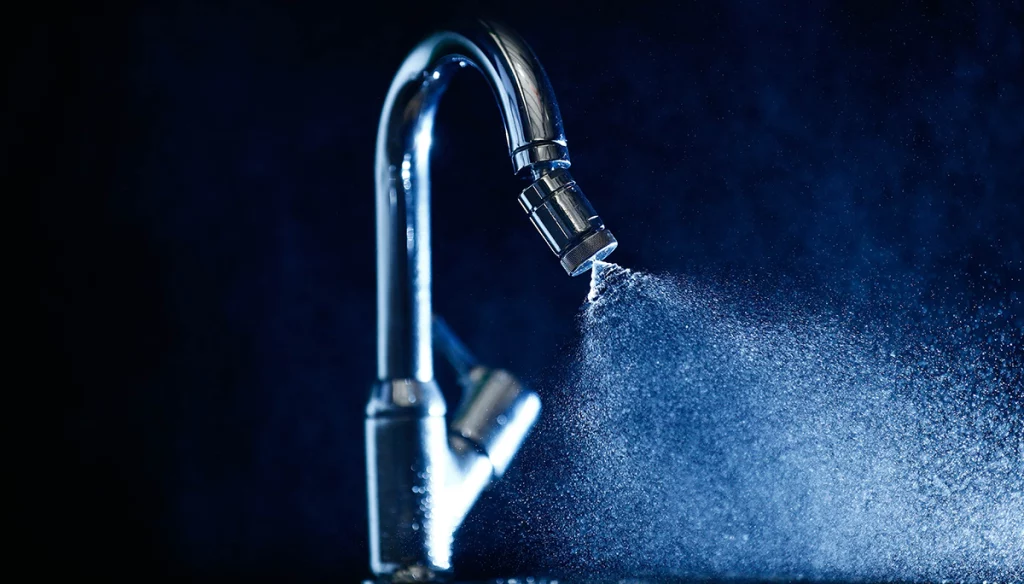
- Efficient Irrigation Systems:
- Features:
- Smart controllers adjust irrigation schedules based on weather conditions.
- Drip irrigation minimises water evaporation and targets plant roots directly.
- Benefits:
- Prevents overwatering by adapting to changing environmental factors.
- Conserves water in landscaping, a common source of outdoor water usage.
- Greywater Recycling Systems:
- Features:
- Captures and treats wastewater from sinks, showers, and laundry.
- Reuses treated greywater for non-potable purposes like irrigation.
- Benefits:
- Reduces demand on freshwater sources for non-drinking purposes.
- Enhances overall water efficiency by recycling and repurposing greywater.
Advanced Pipe Inspection Technologies
In the past, diagnosing plumbing issues within pipes often required invasive measures. However, advanced pipe inspection technologies have revolutionised this process. Video camera inspections, for instance, allow plumbers to visually inspect the interiors of pipes without excavation. This not only saves time but also minimises disruption to property. Additionally, technologies like acoustic leak detection use sound waves to pinpoint hidden leaks, enabling precise and non-destructive repairs.
Augmented Reality (AR) for Training and Repairs
The integration of augmented reality (AR) in the plumbing industry has streamlined both training and repair processes. For training purposes, AR applications provide immersive learning experiences, allowing aspiring plumbers to simulate real-world scenarios. In terms of repairs, AR enables professionals to overlay digital information onto physical environments. This assists plumbers in identifying and fixing issues more efficiently, reducing diagnostic time and enhancing overall service quality.
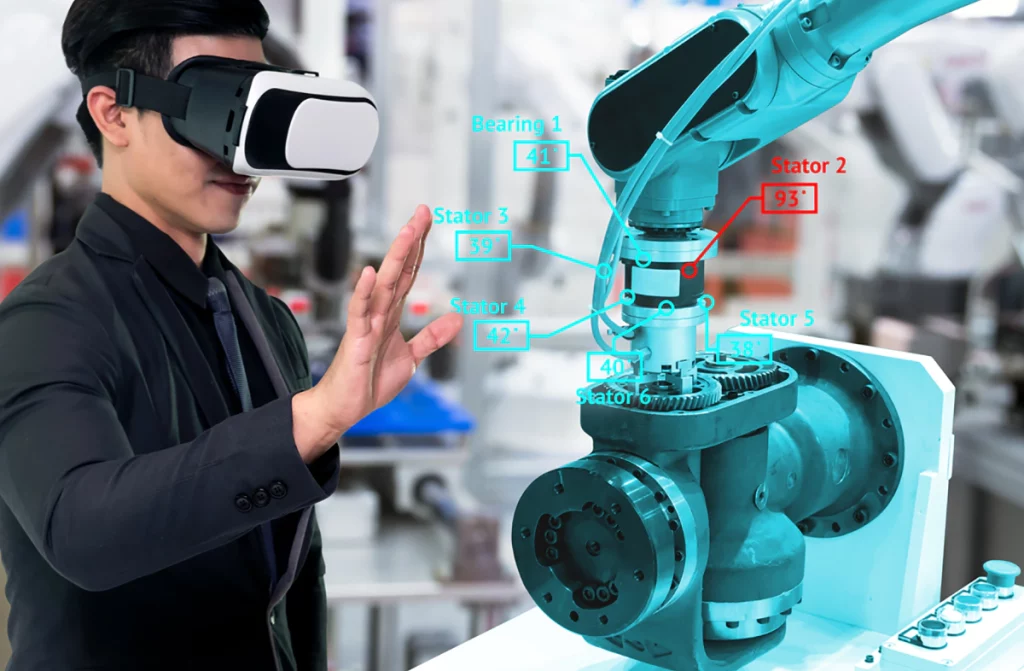
As technology continues to advance, the plumbing industry evolves with it, embracing innovations that enhance efficiency, sustainability, and customer satisfaction. From smart leak detection systems to water-conserving fixtures, advanced pipe inspection technologies, and augmented reality applications, these advancements are reshaping the way plumbing services are delivered. By staying at the forefront of technological progress, the plumbing industry ensures a more sustainable and effective future.
FAQs
Yes, advanced pipe inspection technologies are versatile and can be applied to various plumbing systems, including residential, commercial, and industrial setups.
Video camera inspections provide real-time visual feedback, allowing plumbers to accurately identify and locate issues within pipes without the need for extensive excavation.
Acoustic leak detection can be applied to various pipe materials, including metal and PVC. It is effective in identifying leaks by analysing the unique sound signatures of water escaping from pipes.
GPR is a non-destructive method that uses radar to locate pipes underground. It provides accurate mapping of pipe locations, reducing the risk of damaging pipes during construction or excavation.
In-pipe robotics equipped with cameras and sensors can navigate through most areas within pipes, including hard-to-reach sections. This technology facilitates precise identification of issues for targeted repairs.



